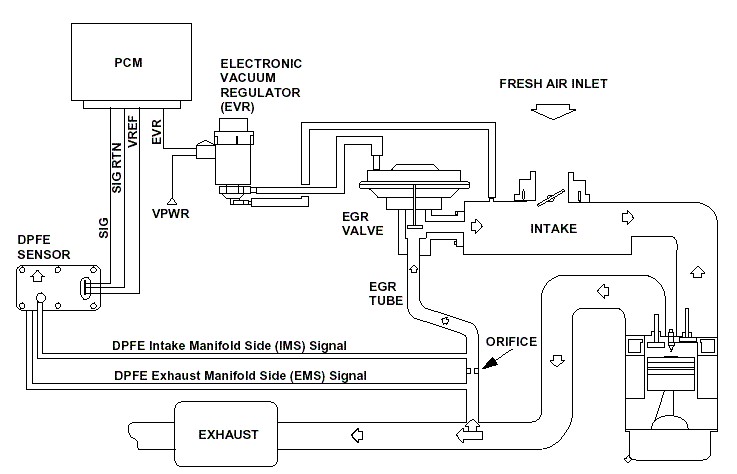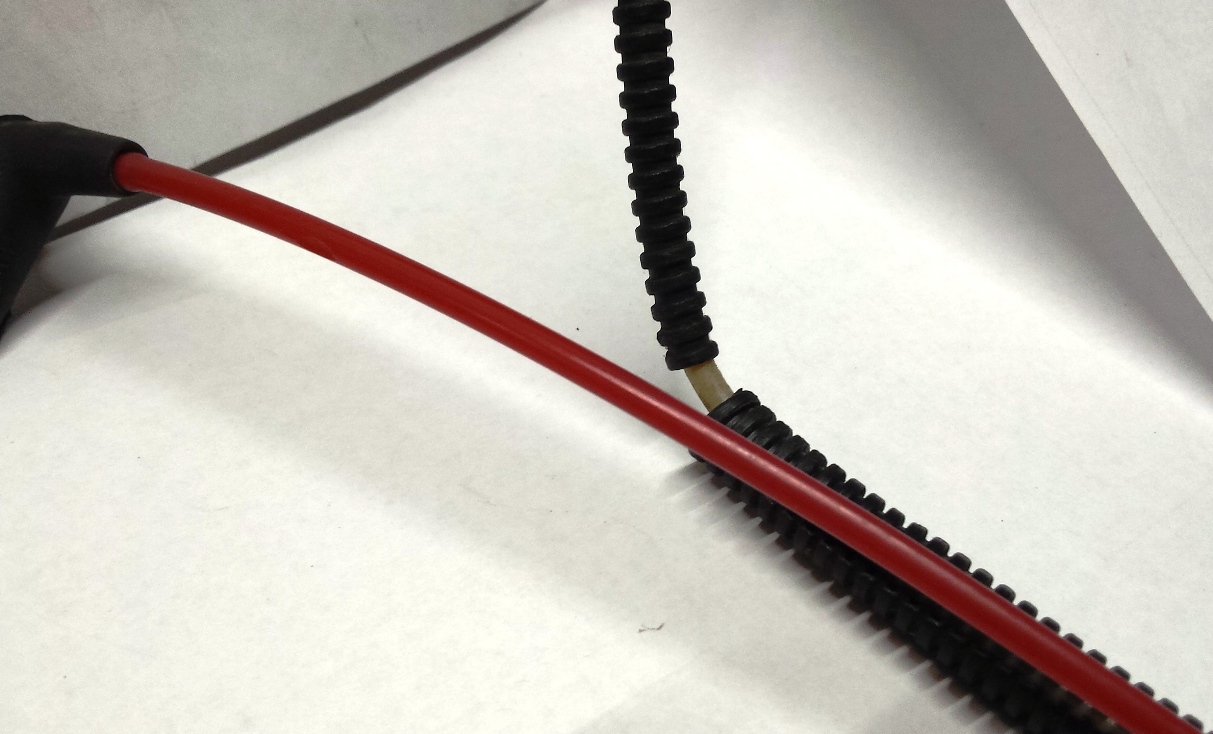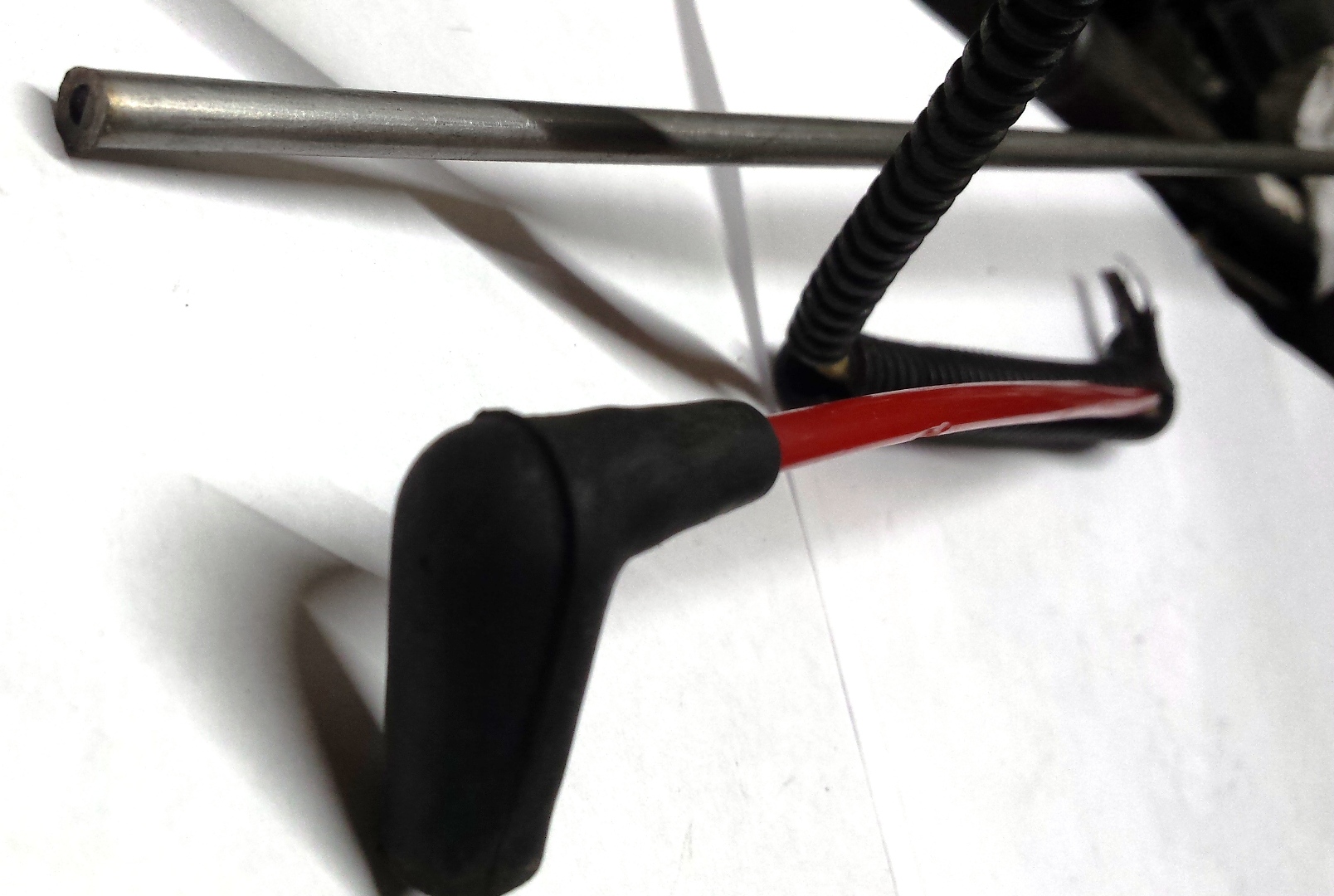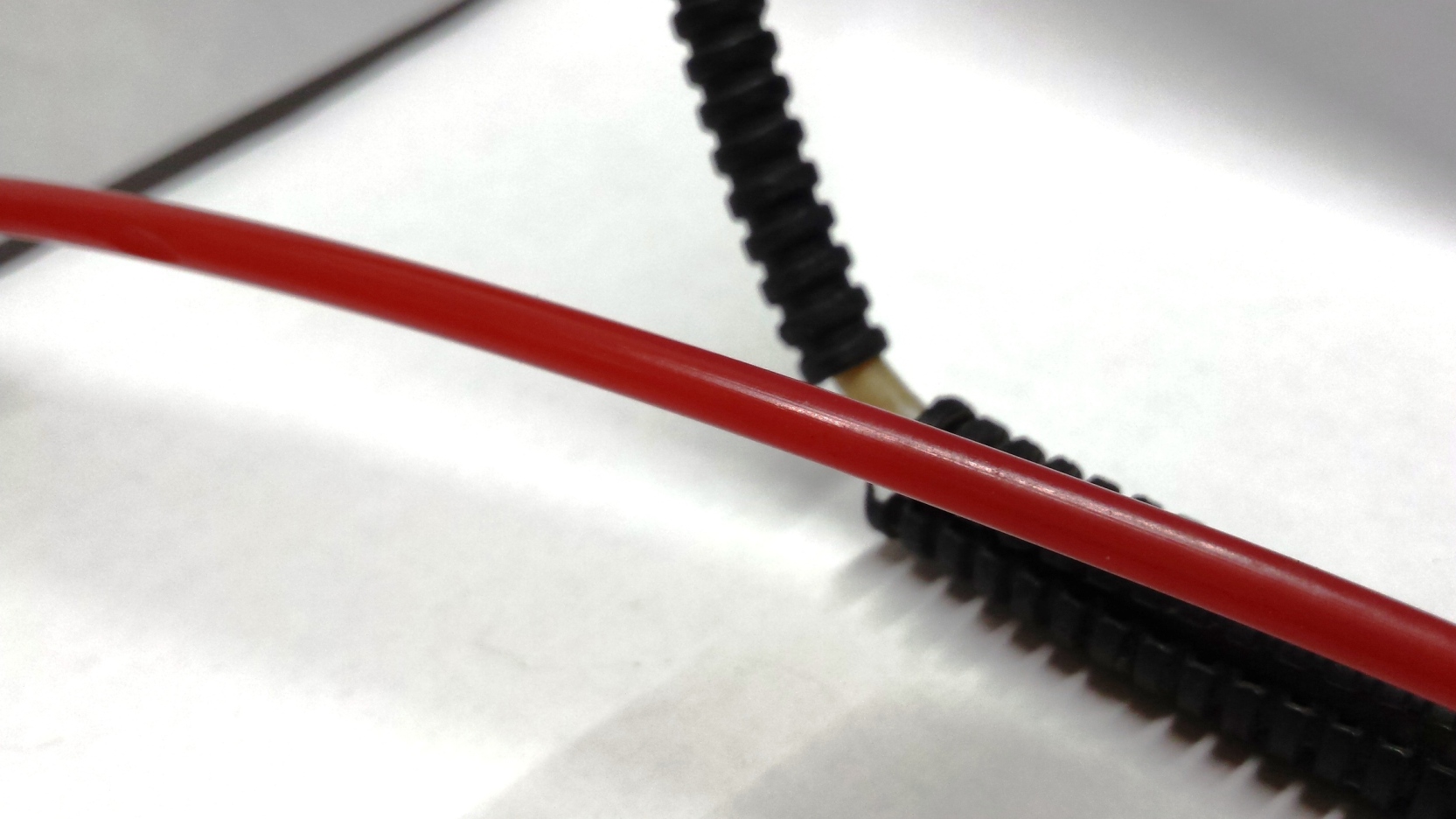-
Welcome back Guest! Did you know you can mentor other members here at H-M? If not, please check out our Relaunch of Hobby Machinist Mentoring Program!
You are using an out of date browser. It may not display this or other websites correctly.
You should upgrade or use an alternative browser.
You should upgrade or use an alternative browser.
Escape 2001 Vacuum Lines Melted EGR Valve Replace with Stainless tube ?
- Thread starter Linghunt
- Start date
- Joined
- May 2, 2011
- Messages
- 812
general opimion seems to be a clogged cat that causes the egr to fill with flammable gasses and explode, have a look at this, apparently a common problem. https://www.cargurus.com/Cars/Discussion-t561_ds512410
- Joined
- Jan 28, 2011
- Messages
- 3,482
I agree about check the exhaust system. That metal melted and blown out is not anything I had seen in the years I worked at a dealership. EGR valves usually fail with a stuck pintle valve due to electrical control going bad or carbon buildup. This is very different!
- Joined
- Feb 1, 2015
- Messages
- 9,597
To take it a step further, look for the cause of a clogged catalytic converter. Generally, feeding it with carbon compunds will do it. Oil burning, rich fuel mixture, etc. A Freon leak into the vacuum lines will do it also, although the A/C failing and the phosgene gas in the exhaust would probably be noticed first.general opimion seems to be a clogged cat that causes the egr to fill with flammable gasses and explode, have a look at this, apparently a common problem. https://www.cargurus.com/Cars/Discussion-t561_ds512410
In my case, on my wife's '97 Chevy S10 Blazer, a leak in the intake manifold caused a pool of antifreeze in the valley and a second leak on the intake was sucking it into the engine. The engine was running worse and worse, eventually not running at all. I pulled the front O2 sensor which relieved back pressure and the engine ran again.
I replaced the catalytic converter and did an autopsy on the old one. One section of the converter had completely collapsed and the other two were 80% clogged. I also had to replace the EGR valve.
I found the root cause of the problem from a lead on an automotive forum. In that case, one of the fuel injectors had developed a leak and raw fuel was being dumped into the intake manifold. The author's description of the cause of catalytic converter failure got me digging deeper. I already was aware of a small coolant leak but never could track it down. when I pulled the intake manifold, I noticed the antifreeze and saw where it was being sucked in.
- Joined
- Apr 30, 2015
- Messages
- 11,278
Quoted from a muffler shop:
Jeff answered 3 months ago:
"I Run Exhaust Pros in Richfield, MN. the problem is indeed a plugged Cat. Ford had the bright idea of running the primary cats too close to the manifold, so if your car isnt running perfect, you get unburnt fuel in the cat, which eventually ignites and either shatters the ceramic, blowing the pieces into the secondary cat and plugging it there, or melting the ceramic at the primary resulting in a big slag ball. for those of you that talked about soaking and cleaning, dont bother, it wont work. for those that changed out the plugged secondary, the reason you are throwing a code now is that the primary cat is empty. The car will run, but will be running rich ALL the time, making noticeable difference in fuel economy."
Mark
Jeff answered 3 months ago:
"I Run Exhaust Pros in Richfield, MN. the problem is indeed a plugged Cat. Ford had the bright idea of running the primary cats too close to the manifold, so if your car isnt running perfect, you get unburnt fuel in the cat, which eventually ignites and either shatters the ceramic, blowing the pieces into the secondary cat and plugging it there, or melting the ceramic at the primary resulting in a big slag ball. for those of you that talked about soaking and cleaning, dont bother, it wont work. for those that changed out the plugged secondary, the reason you are throwing a code now is that the primary cat is empty. The car will run, but will be running rich ALL the time, making noticeable difference in fuel economy."
Mark
Yup I would definitely say plugged cat. If it fell apart inside also make sure the rest of the exhaust isn't plugged with the debris. Have seen that several times at work. Be sure the engine runs properly with no misses when you are done or you will be in the same boat again shortly.
Todd Ford Senior Master Tech ( my day job, chips are more fun )
Todd Ford Senior Master Tech ( my day job, chips are more fun )
- Joined
- Aug 19, 2017
- Messages
- 126
Thanks to everyone. The buildup in the valve and explosion inside makes sense . Not seen this before.
Going to fix the vacuum lines 1st and go from there. Here is a block diagram I found ( DIFFERENT CAR ) . but helps me see what is going on.
Other information: The escape got run thru Smog process in Oct of 2017 and the " noise " he thought was tranny ( was bearing on idler pulley ) was a concern. Escape not driven almost NONE. He was driving Dad's truck. KIds lol .
In process to figuring out pulley noise, they did Rev it up high to find noise. Not that this matters , just data.
How does one go about verifying Cat performance ? CPU codes? O2 signals . not sure.
Going here for help was good idea vs one of the auto forums. good info on them, but lots of "Fake News" there to filter out.

Going to fix the vacuum lines 1st and go from there. Here is a block diagram I found ( DIFFERENT CAR ) . but helps me see what is going on.
Other information: The escape got run thru Smog process in Oct of 2017 and the " noise " he thought was tranny ( was bearing on idler pulley ) was a concern. Escape not driven almost NONE. He was driving Dad's truck. KIds lol .
In process to figuring out pulley noise, they did Rev it up high to find noise. Not that this matters , just data.
How does one go about verifying Cat performance ? CPU codes? O2 signals . not sure.
Going here for help was good idea vs one of the auto forums. good info on them, but lots of "Fake News" there to filter out.





